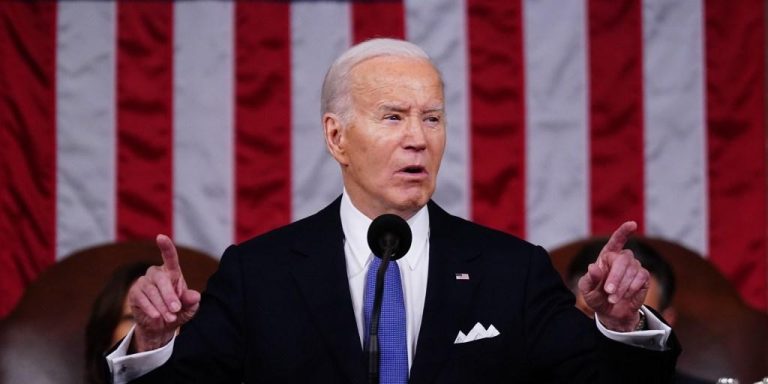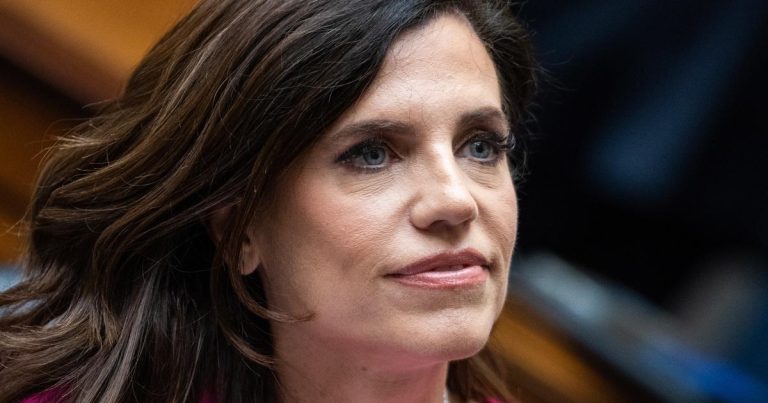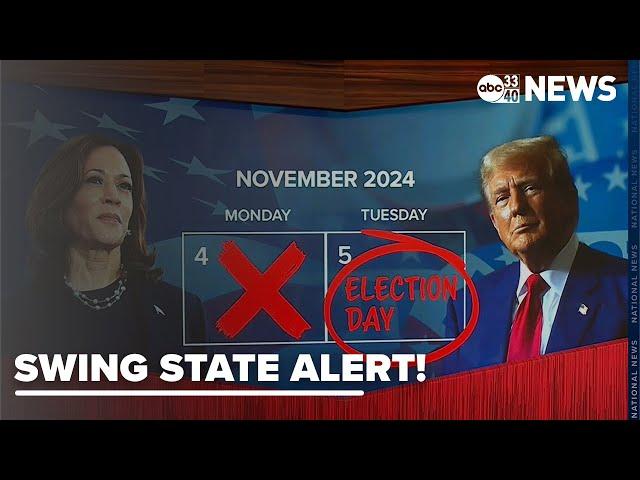
Beyond the binary realm of ‘who’s ahead,’ opinion polls offer a multifaceted canvas, capturing the nuances of public sentiment. This article ventures into the deeper recesses of polling data, excavating insights that transcend the mere horse race. Join us as we delve into the hidden narratives and unveil the whispers buried within the numbers.
Uncovering Hidden Dimensions: Polls as Mediums of Subtle Social Shifts
Unveiling society’s subtle but profound transformations is not a common mandate for polls. However, by scrutinizing their data beyond surface-level insights, we stumble upon a treasure trove of information that captures the nuances of our collective consciousness.
Polls, often perceived as mere tools for predicting election outcomes or gauging public sentiment on specific issues, possess a hitherto unsuspected ability to illuminate society’s evolving values, beliefs, and aspirations. By examining shifts in opinion over time, we can discern not just the trajectory of our current concerns, but also the emergence of nascent trends and the waning of long-held convictions. Through this lens, polls become ethnographic instruments, providing us with a glimpse into the intricate tapestry of societal change.

Discerning Patterns from Noise: Predictive Power Beyond Electoral Outcomes
Polls can help us spot broader shifts in public sentiment, even if they sometimes miss specific election outcomes. For example, polls have consistently shown a growing partisan divide in America, with Republicans and Democrats increasingly sorting themselves into separate ideological bubbles. This trend has important implications for the future of American politics, and it’s something that polls can help us track over time.
Polls can also help us understand the underlying drivers of public opinion. For example, polls can tell us which issues voters are most concerned about, and how their views on those issues have changed over time. This information can be helpful for policymakers who are trying to understand the public’s priorities. Additionally, polls can help us track the impact of events on public opinion. For example, polls can help us see how the public’s views on a particular policy or issue have changed after a major news event.
To Wrap It Up
As we bid farewell to our exploration of polls beyond the horse race, let us remember that these tools are not mere predictors of winners and losers, but windows into the collective psyche of society. They allow us to take a snapshot of our time, revealing the hopes, fears, and aspirations of a nation. In an era of constant change and evolving perspectives, polls serve as a compass, guiding us through the complexities of public opinion. As we navigate the ever-changing landscape of our world, may we use this knowledge wisely, to bridge divides, foster understanding, and shape a future that reflects the collective voice of us all.



